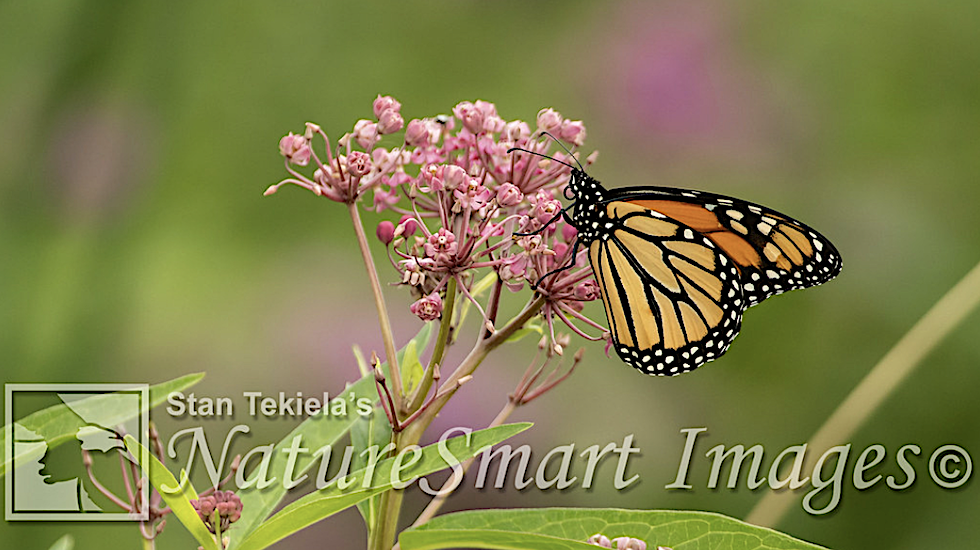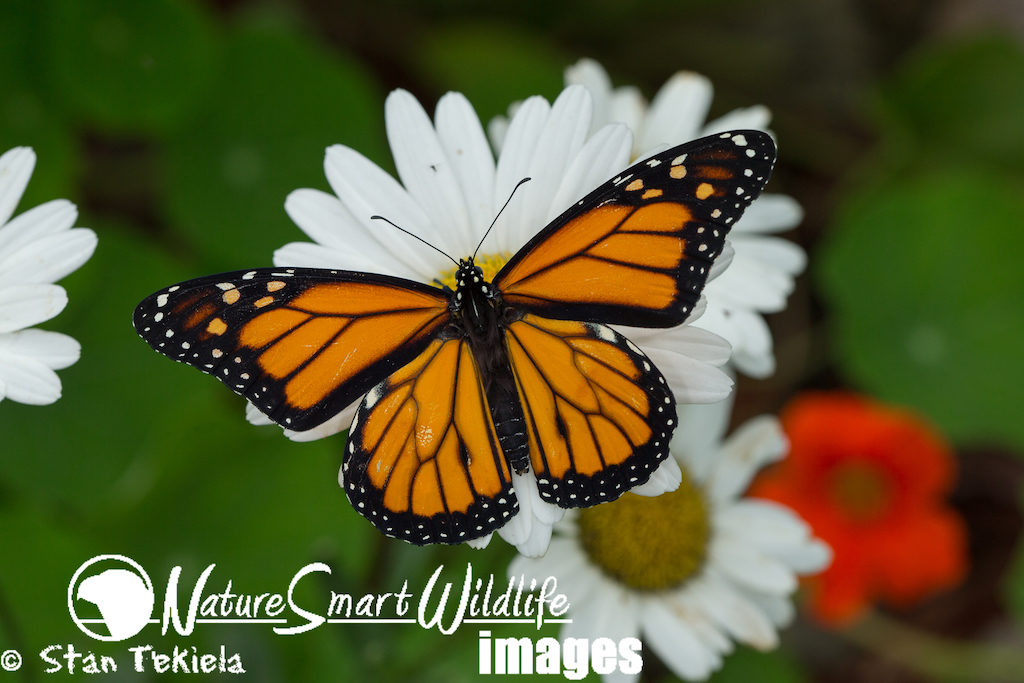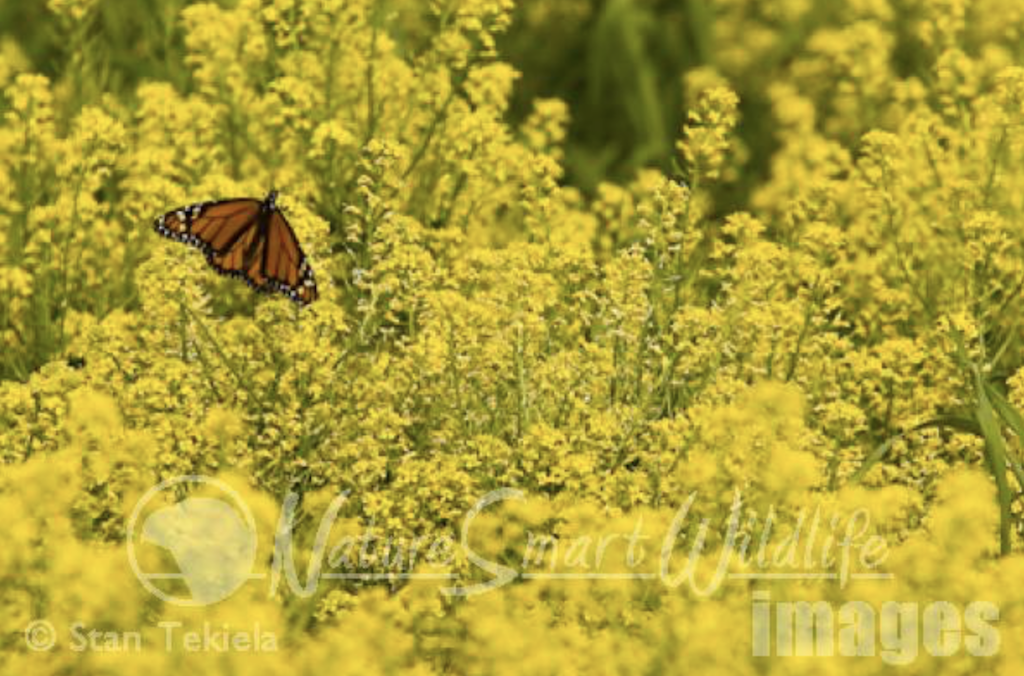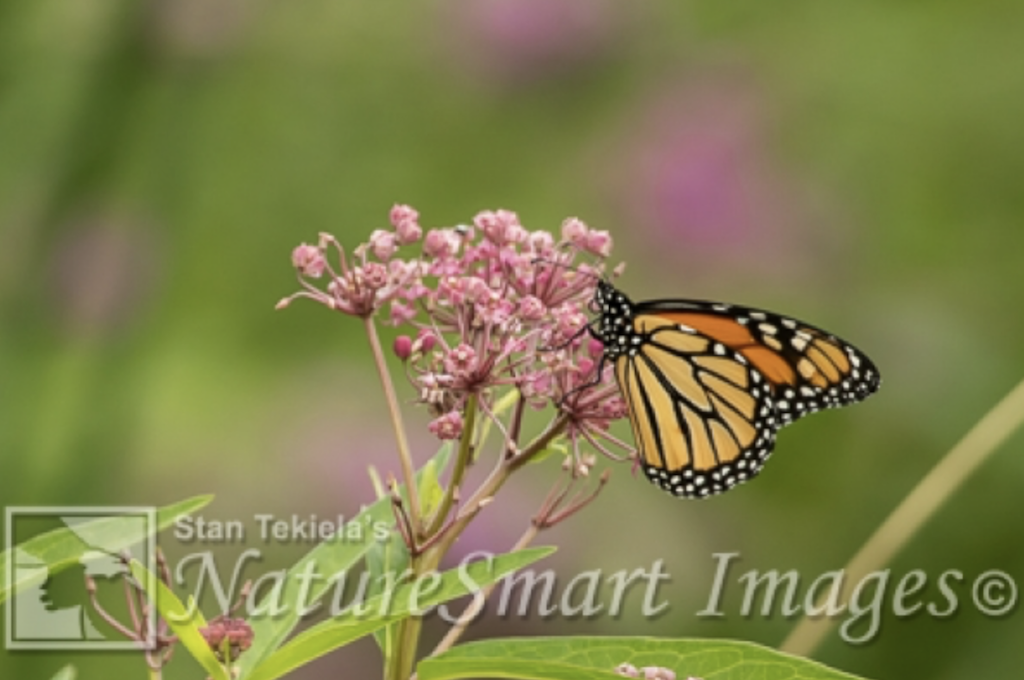
Monarch Butterflies Are Interesting, But Are They Really All That Cool?
When you think of the amazing animals in this world, you may picture large, furry critters such as bears or moose. Yes, there are many crazy cool critters. In fact, there are about 5,000 mammals in the world. But at this time of year, when I think about amazing animals, my mind turns to the tiny and delicate Monarch Butterflies. Yeah, that’s right—butterflies! “Sure,” you might be thinking, “Butterflies are interesting, but are they really all that cool?” I would respond, “Oh yes, they are!”
In late summer the Monarch Butterfly performs the first of several mind-bending behaviors. All of the Monarchs you see in late summer are flying south in an unprecedented migration that no other insect performs. All of the Monarch Butterflies in the eastern half of the country are heading for the mountains of central Mexico, where they will spend the winter.

How this tiny winged insect manages to navigate thousands of miles to Mexico is still unknown. Millions of Monarch Butterflies spend the winter clinging to trees and taking short flights on warm winter days. The next spring, they leave Mexico and start to fly north, but they only make it to the southern border states such as Texas. The Monarchs then mate, lay eggs, and die, never returning to their birthplace.
Adult Monarch Butterflies only lay their eggs on milkweed plants. After mating, the female flits around and lands on a variety of plants. She drums the surface of the leaf with her front feet and can identify the kind of plant from the scent that arises from the drumming. If she is on a milkweed plant, she bends her abdomen around the edge of the leaf and deposits a tiny whitish egg on the underside of the leaf. In a short time, the egg hatches and a very tiny caterpillar emerges.

The caterpillars feed exclusively on milkweed plants. Inside the leaves and stems of the milkweed plants is a white milky sap that contains cardiac glycosides. These cardiac glycosides are a class of compounds that cause increased heart rate, increase respiration, and a flushed feeling. In some cases, it causes nausea and vomiting. In short, the milky sap inside milkweed plants is toxic. However, the Monarch caterpillar eats the leaves and the toxic sap with impunity.
As the caterpillar grows and feeds more and more on the milkweed, the caterpillar itself becomes toxic if eaten by a predator such as a bird. Eventually the caterpillar matures and seeks out a sheltered spot to change into a butterfly. This is nothing short of mind-blowing. The fully grown caterpillar spins a silken pad and then hangs upside-down from it. Its body is slightly curved and looks like the letter J.

The skin on the back of the caterpillar splits open and slides off, leaving a bright green sac, at which point it is called a chrysalis. Inside the chrysalis, all the caterpillar’s cells liquify and reorganize and regenerate to form a completely new life form, the butterfly.
In a short time, the Monarch Butterfly emerges from the chrysalis. The adult Monarch Butterfly flies northward, following the spring weather. Along the way, the butterfly feeds and then mates. Each female lays upwards of 500 eggs before she will also perish. The next generation goes through all the same steps to become an adult. During summer a third and fourth generation Monarch Butterfly goes through the same process; eventually the Monarch Butterfly makes its way to the northern tier states and into Canada. It is about the fifth generation of butterfly that will turn around and make the journey south back to Mexico where its great, great, great, great grandparents started.
So, at this time of year, if you see a Monarch Butterfly, then you know this amazing insect is on a mission to make its way back to Mexico. Without this migratory generation we won’t have any Monarchs the next year. What an amazing insect!
If you enjoyed Stan’s post, you may consider one of his amazing nature books: Majestic Eagles; The Lives of Wolves, Coyotes, and Foxes; or Backyard Birds: Welcomed Guests at our Gardens and Feeders.
You can follow Stan on Facebook and Twitter, or contact him via his web page. Stan’s nationally syndicated NatureSmart Column appears in more than 25 cities spanning 5 states (Minnesota, Wisconsin, Michigan, Illinois, and Pennsylvania) and is circulated to more than 750,000 readers.
For more stories about wildlife and nature, sign up for our newsletter now!


